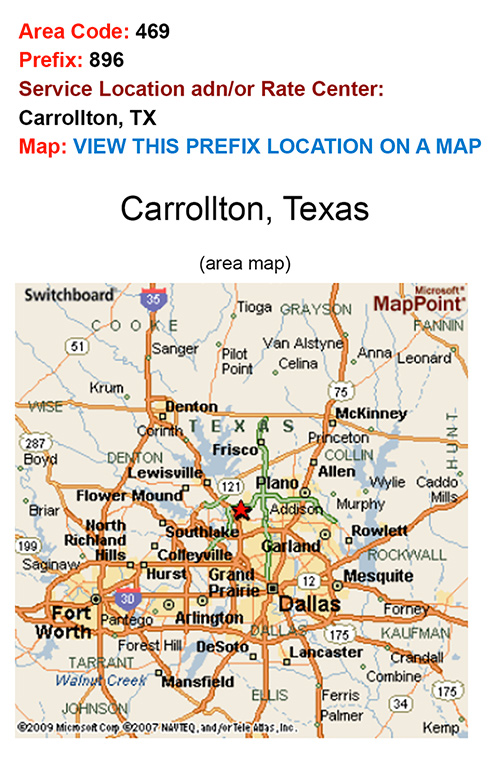If your business deals with customers from different parts of the country, then you need to pay attention to the areas covered by rate centers to provide accessible and affordable customer support to your customers.
Here’s a quick overview of what rate centers are and how they affect local calling.
Rate Center Coverage for VoIP Services
Rate centers, in short, determine which calls incur local rates and which incur long-distance rates. This is crucial to understand where your callers are located and how you can continue to serve them without then paying long-distance rates to call your business.
What is a Rate Center?
A rate center is a geographic location or area that determines what constitutes a local call and long-distance call. A Local Exchange Carrier (LEC) uses rate centers to manage local calling and pricing and assign phone numbers based on local area codes.
Each rate center will have a:
- Geographic place name (city or state associated)
- Nominal physical location (co-ordinates to determine distance)
- Local area code (NPA)
- One or more prefixes (NXX)
- Specific local calling area (list of other rate centers to which local calling is provided).
In a nutshell, a rate center helps regulate the rates of phone calls within an area. And there are more than 15,000 rate centers in the US.
What Do Rate Centers Mean for Local Calling?
Rate centers help determine which calls are local and which are long-distance so that they can be charged accordingly. Calls within a rate center (geographic area) are usually considered local calls. And calls made from one rate center to another are considered long-distance calls.
US Rate Centers
Within the North American Numbering plan, we have multiple US area codes and rate centers. To find the rate center for a particular number, you will need the following information:
- Area code — 3-digit number
- Number prefix — first 3 digits of the number that follows the area code
You can visit the US prefix/rate center locator to find the rate center for your phone number.
Let’s look at an example. In this phone number 469-896-3563,
- Area code is 469
- Number prefix is 896
When you input this information in the rate center locator, you will find out that the rate center (geographical coverage) is Carrollton, Texas, United States, along with a map for reference.

How Do Rate Centers Affect Local Communication for Businesses?
So, what does all this information mean for your business? Understanding rate centers and what constitutes a local call can help you understand where most of your callers are calling from.
Track incoming calls to and run those phone numbers through the rate center locator. This will give you a general idea of where potential prospects and customers are located. You can then customize their caller experience by:
- Using local phone numbers to let callers call your business for local rates, and
- Routing incoming calls to a regional office for local support with call routing software.
You should pay attention to rate centers when
- Buying a new local phone number — check with your new service provider how callers will be charged for calls made to your business with your new service provider.
- Porting your VoIP number to a new service — not all carriers support every single rate center; be sure to check with your new carrier.
Local Calling with Global Call Forwarding
Global Call Forwarding offers local phone numbers from all cities and states in the United States. Our service and call reports let you identify what regions your customers call from. You can then buy local numbers for those areas and route incoming calls to your main office located anywhere in the world, not just the US. Callers will pay their regular local calling rate and nothing more. Chat with us online to learn more or request a demo today!


